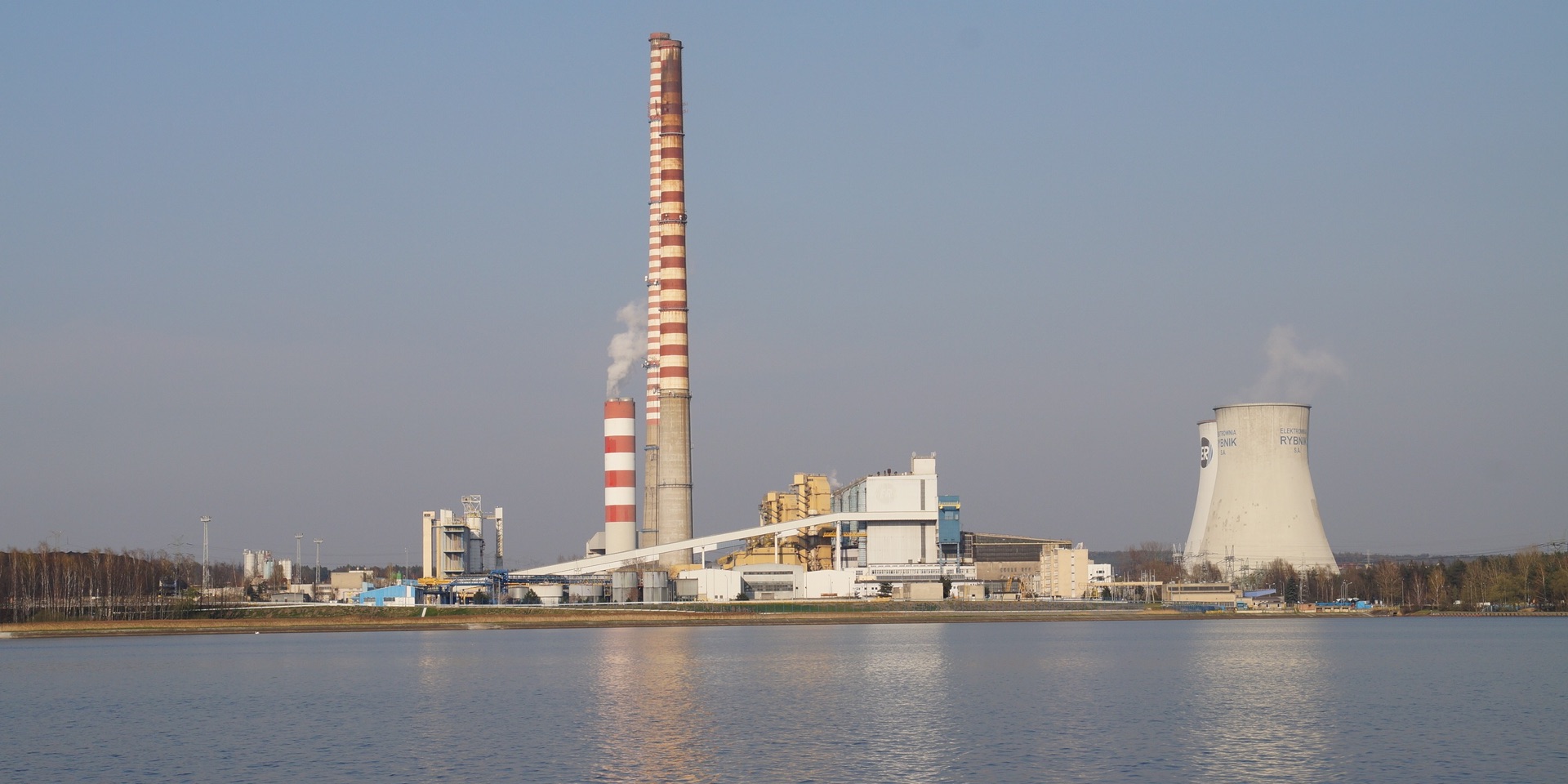Increase coal burning efficiency in a power plant


Jörg-A. Czernitzky
Vattenfall Europe Wärme AG
Dr. Patrick Bangert
algorithmica technologies GmbH
The efficiency of the combined-heat-and-power coal-fired power plant Reuter-West in Berlin, Germany can be increased by 1.1% using mathematical modeling of its processes.
The Vattenfall power plant Reuter-West in Berlin, Germany, has an efficiency that depends on how the plant’s different processes are run. While many smaller processes are automated using various technologies, the overall process is largely controlled by human operators. Therefore, the maximum possible efficiency of the plant depends partially on the decisions, knowledge and experience of the operators. There are two main challenges for them:
The high degree of complexity combined with the unevenness of the operators’ experience overwhelms the human mind and leads to sub-optimal decisions.How then can we optimize the efficiency systematically by depending on hard evidence?
Machine learning was used to consider the complex interdependencies between all measurements in the plant.How does this work? Initially, the machine learning algorithm was provided with no data. Then the points measured at the plant, consisting of nearly 2000 measurements each,were presented to the algorithm one by one. Slowly, the model learned more and more about the system, and the quality of its representation improved. After eight months of historical data presented at the rate of one point per minute, the model correctly represented the whole system: The computed values of any variable deviated from the actual measurement by less than 0.1%.
As the power plant is largely automated,only the heating portion of the plant was considered in this study.The software was allowed to make changes to the flow rate, temperature and pressure of the district heating water at various stages during the production. It had to account for several parameters of the plant changing without any control of the software or the operators: The coal quality, the temperature, pressure and humidity of the outside air, the amount of power demanded from the plant, the temperature demanded for the heating water in the district and the temperature of the cooling water at various points during the production.
Once we have a set of equations to compute efficiency as a function of the measurements of the plant, we can inverse these equations to ask: What do we have to change in order to maximize the efficiency? Effectively, we look for an operational point that shares the same uncontrollable parameters as the current point but has a higher efficiency and then suggest that the necessary changes in the controllable variables be implemented.
The model can provide this help continuously. As the plant and its conditions change, these changes are reflected in the data, and the model continuously learns. Thus, the model is always current and can always deliver the optimal action to the operators who have the responsibility to implement the action or to veto it.
Let’s consider an example:The outside air temperature changes due to the rising sun. It is efficient to lower the pressure of the district heating water by 0.3 bars to compensate. The program makes this suggestion and the efficiency increase is observed shortly afterwards. Whenever an external condition changes, the plant must respond to take its effects into account considering a multitude of complex interactions.
The optimal efficiency over eight months was higher than the human implemented efficiency by 1.1% in absolute terms. This is a significant gain in coal purchase but mainly a reduction of the CO2 emissions per megawatt that can save valuable emission certificates.The main benefits of this approach are that it
Although the model was applied only to the heating portion leaving out the automated portion, it is valuable for these also. Automation is achieved by programming a certain response curve into a controller. This curve is usually obtained by experience and is thus not optimal. The machine learning model can provide an optimal response curve that can be change the controller programming and thus increase efficiency. The model is thus advantageous for both manual and automated parts.